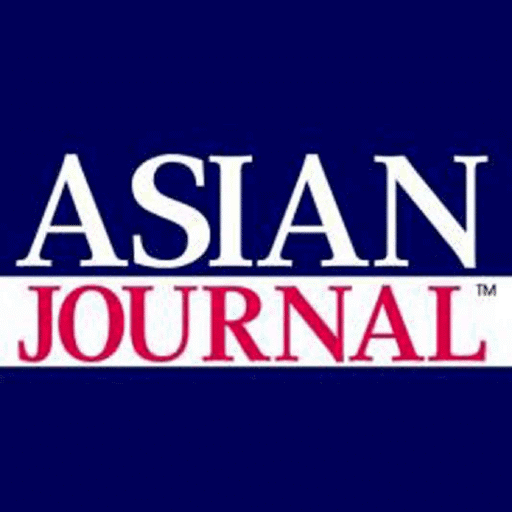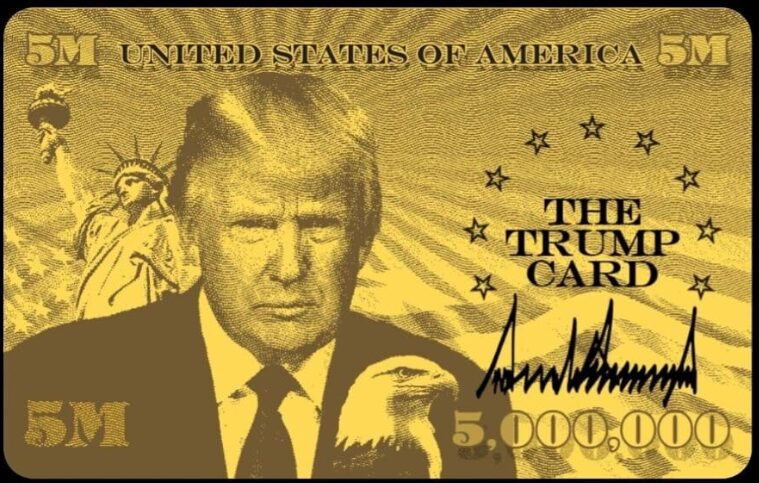
Philadelphia’s “Salute to America Independence Day Parade” on July 4 featured the rich cultural contributions of its immigrants. As the parade unfolded in the heart of America’s birthplace, various Filipino American organizations celebrated both the nation’s 248th birthday and Philippine American Friendship Day.
This historic event highlighted the enduring presence and cultural diversity of Filipino Americans, who have been an integral part of the parade since the 1960s. The participation of these groups highlighted the significant role Filipino Americans have played in the tapestry of the United States, adding a unique and colorful dimension to the city’s cherished Fourth of July celebrations.
Famously known as the “Salute to America Independence Day Parade,” the July 4th Independence Day Parade in Philadelphia stands as a key highlight of the city’s festivities. The parade provides a unique and historically rich experience in the birthplace of America, reflecting Philadelphia’s historical importance.

This year, various Filipino American organizations joined the annual parade, celebrating both the 248th birthday of America and Philippine American Friendship Day, which commemorates the signing of the Treaty of Manila in 1946. Among the participating groups were the Mutya Philippine Dance Company, ERL Divas Dancers, Filipino American Community Athletic Association, and the Filipino American Association of Philadelphia. Public officials, such as Fred Faylona of Susquehanna Township in Harrisburg, was also in attendance.
Chris Rivera of the Filipino Executive Council of Greater Philadelphia highlighted the longstanding involvement of Filipinos in the parade. “Filipinos have been part of this parade in its various forms since the 1960s,” Rivera noted. “We are part and parcel of the composition of the United States, so without the Filipinos, there is no United States just like every other culture that’s part of this country.”
Rivera has been part of the parade for two decades and expressed joy over the increasing interest from Filipinos outside Pennsylvania. “It is very special to bring folks to participate in the parade that have never had a chance to. It is special to represent our culture and be seen,” he added.
Filipino presence in Pennsylvania dates back over a century, beginning with workers from the USS Kansas at naval shipyards, according to Rivera. Over time, these early settlers brought their families and formed a thriving community. Today, an estimated 40,000 Filipinos reside in the greater Philadelphia area, including Southeastern Pennsylvania, South New Jersey, and Delaware.
The Filipino Executive Council of Greater Philadelphia, founded in 1975, was asked to join the bicentennial celebration in 1976. Starting with just four organizations, the council has now grown to encompass 23 organizations.
The parade itself featured a chronological procession of history, starting with Native Americans and moving through key historical periods, including the 1700s and the Civil War. A salute to the military was followed by a celebration of the nation’s future, showcasing youth, cultural, and social diversity through various dance groups and modern-day marching bands. The parade route began at 2nd and Market Streets, west on Market Street through the historic district, and concluded at Arch and North Broad Streets near City Hall.
Philadelphia’s Independence Day celebrations are part of the larger “WAWA Welcome America!” festival, which spans 10 days. The festivities include an afternoon street party and a major evening concert with fireworks on the Ben Franklin Parkway, featuring three-time GRAMMY® Award-winning R&B hitmaker Ne-Yo and Grammy-nominated musician, actress, and activist Kesha. n






